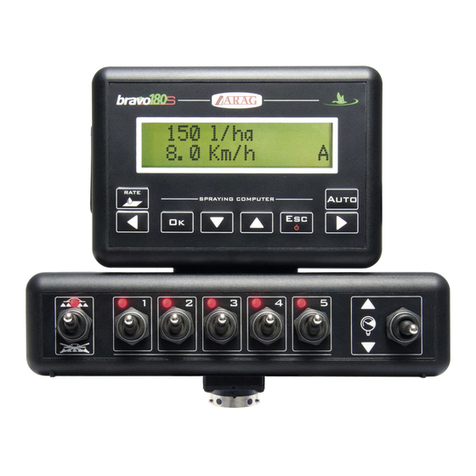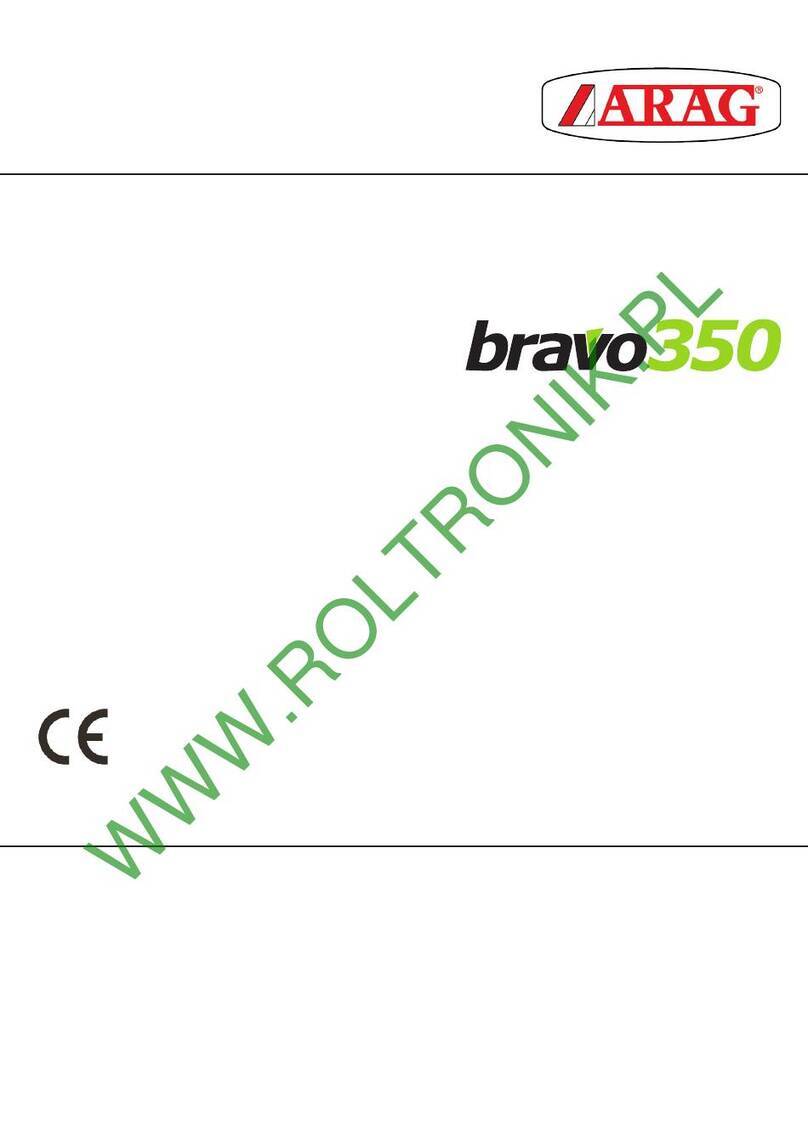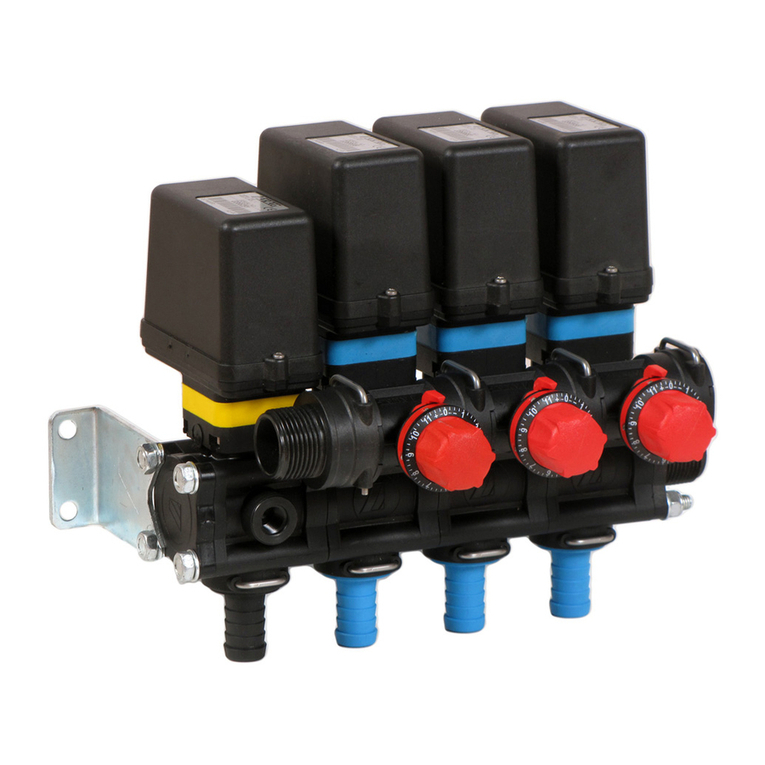3
CONTENTS
Legend symbols ............................................................................................................................ 2
1 Product description ...................................................................................................................... 4
1.1 Intended use ......................................................................................................................... 4
2 precautions ..................................................................................................................................... 4
3 Identication................................................................................................................................... 4
4 Contents of the packaging.......................................................................................................... 5
5 Installation....................................................................................................................................... 5
5.1 Precautions............................................................................................................................ 5
5.2 Overall dimensions - mm (inches)..................................................................................... 6
5.3 Assembly diagram................................................................................................................ 6
5.4 Installing tank and compressor unit .................................................................................. 7
5.5 Installing the foam markers ................................................................................................ 7
5.6 Mounting the pneumo-hydraulic circuit............................................................................. 8
5.7 Installing the control box ..................................................................................................... 9
5.8 Accessory connections: positioning the foam marker control kit ................................. 9
5.9 Final testing ........................................................................................................................... 9
6 Use................................................................................................................................................... 10
6.1 Discharging remaining pressure...................................................................................... 10
6.2 Control devices ................................................................................................................... 10
6.3 Preliminary checks............................................................................................................. 10
6.4 Preparing foaming solution............................................................................................... 10
6.5 Starting and operating........................................................................................................11
6.6 Topping up liquid .................................................................................................................11
6.6.1 Foaming agents...................................................................................................................11
7 Maintenance / diagnostics / repairs ....................................................................................... 12
7.1 Max. pressure valve ........................................................................................................... 12
7.2 Machine down for up to 7 days ........................................................................................ 12
7.3 Machine down for up to 30 days...................................................................................... 13
7.4 Machine down for longer than 30 days .......................................................................... 13
7.5 Reactive maintenance....................................................................................................... 14
7.6 Pipe repairs ......................................................................................................................... 14
7.7 Fuse replacement............................................................................................................... 14
7.8 Troubleshooting .................................................................................................................. 15
7.9 Problems due to the solenoid valves locking up ........................................................... 16
8 Technical data .............................................................................................................................. 16
9 End of life disposal ..................................................................................................................... 16
10 Spare parts.................................................................................................................................... 17
11 Guarantee terms .......................................................................................................................... 22






























